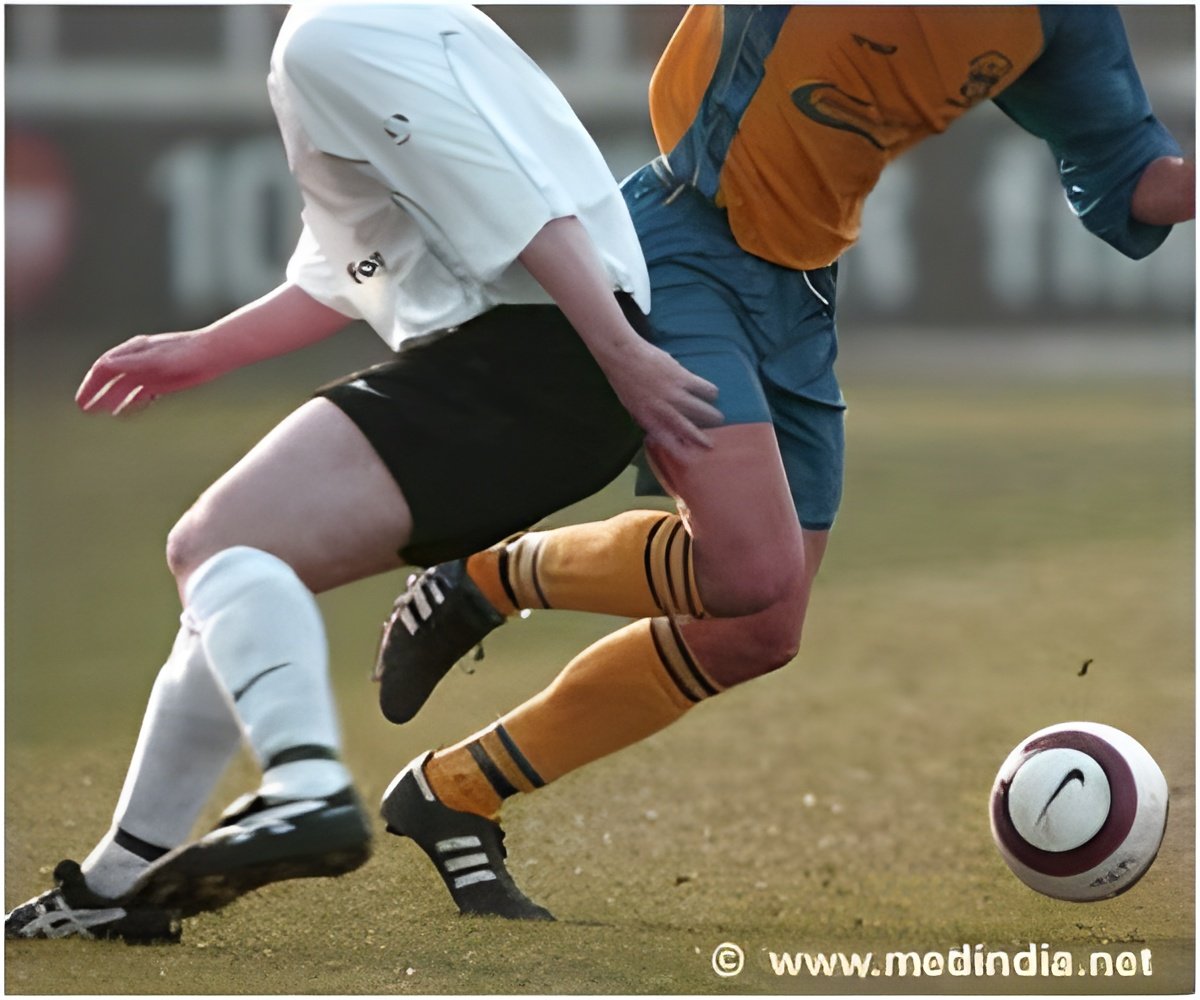Injury to the white matter explains why football players are at an increased risk for cognitive and behavioral problems later in life.

Damage from Football’s Repeated Hits
White matter is the brain’s cabling, made up of axons, or nerve fibers, that connect its billions of cells. It accounts for about half of the human brain’s volume—without it, our cells (the gray matter) wouldn’t be able to communicate with each other.‘Individuals who start playing tackle football at an early age are at an increased risk for brain decline and problem-related problems. ’





“A lot of neuroscience and degenerative disease study is focused on the neurons or cells themselves, but increasingly people are recognizing that there can be damage to the connections,” says Stein, leader of the BU Alzheimer’s Disease Research Center’s neuropathology core and a staff neurologist at two Boston-area Department of Veterans Affairs’ healthcare systems. “The cell itself might look okay, but its connection is not intact—and that was what we wanted to look at in this study.” To dig into the effect of repeated hits to the head on these connections, the researchers analyzed the brains of 205 amateur and professional football players. All had asked that their brains be donated to the BU-hosted UNITE Brain Bank, which holds more than 1,200 brains, after their deaths. A majority of the former players—75.9 percent—had reportedly been functionally impaired and, the researchers found, many (but not all) also had CTE.
For the study, Stein and his colleagues split themselves into two groups, blinded—or working independently—from each other. One group conducted a pathological examination of the brains, peering at samples through microscopes and dissecting white matter tissue to test protein levels. The second group evaluated medical records and interviewed family members about symptoms.
Stein was part of the pathological team. He concentrated his efforts on investigating myelin, a membrane of lipids and proteins that wraps around and strengthens the brain’s cabling—like the plastic casing around insulated wire. Using biochemical tests called immunoassays, he measured the levels of two myelin proteins, myelin-associated glycoprotein (MAG) and proteolipid protein 1 (PLP). “How much of these proteins are present is a proxy of the integrity of the white matter,” says Stein. Less myelin, less efficient connections between brain cells.
The researchers targeted the frontal lobe, the part of the brain that controls many executive functions, from memory and attention to planning and self-control. It’s also on the front lines when it comes to football hits and concussion impacts. They found that the more years someone played football, the less PLP they had; those who played for more than 11 years had less PLP and MAG than those with shorter careers. They also discovered that donors who started playing tackle football earlier had lower PLP levels. Stein suspects that young, developing brains are especially susceptible to damage from football’s repeated hits.
Advertisement
During their lifetimes, the former players probably struggled to plan their days, control their emotions, and understand the consequences of their actions, says Stein. “In our study, we found that, in those over 50 years of age, lower measures of white matter were associated with an impaired ability to perform normal activities of daily living, such as paying bills, shopping, and cooking, as well as with more impulsive behavior.”
Assess the Risk of Contact Sports
The latest study should allow researchers to give families some closure—by explaining what caused their loved ones’ sliding brain health. The research could also provide a foundation for helping future patients.Advertisement
Stein hopes their work will also help people better assess the risks of playing football, along with other contact sports.
“There’s a cumulative risk—the more you play, the more your risk is increased,” says Stein, who backs the Concussion Legacy Foundation’s Flag Football Under 14 campaign. “One message we try to get across is you don’t need to be playing tackle football at a very young age—if you can just shrink those cumulative years of play down a little bit, you can make a really big impact on brain health. This study is more evidence of that.”
Source-Eurekalert















